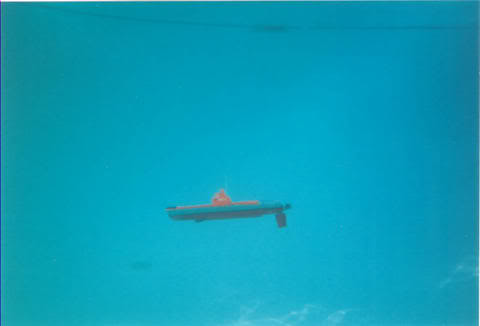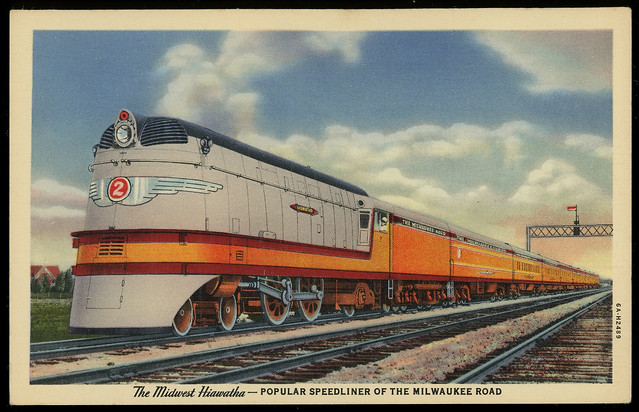modeltrains
Well-Known Member
- Joined
- Jun 29, 2011
- Messages
- 1,872
- Reaction score
- 758
Hey Y'all; Asking for assistance from the collective knowledge base here.
Am looking for wood glue which isn't ACC or epoxy.
And am not finding it.
Decided that during this weeks 99 to 103F heat here in central Missouri I'd reactivate a few balsa wood rubber band powered submarine model projects which have sat dormant for anywhere from 5 to 14 years.
A small bedroom in an apartment is where this is being done and because of my messy health with neurological, autoimmune, endocrine, mitochondrial, problems, I'd rather not have that many ACC, CA, fumes for either me or the cats.
Project set out to make more progress on is a 36 in long, 5.5in beam, twin-screw, design loosely based on Typhoon/Red October.
It is if frame and skin style construction.
Projects reference,
my Flickr album of the initial 2 footers:
https://flic.kr/s/aHskzXRFGp
The big twin-screw 3ft beast,
https://www.flickr.com/photos/93483263@N03/albums/72177720300694274
Have looked for waterproof wood glue and asked, including both this morning and last summer, at our county seat farm burg's 2 hardware stores.
Looked at Walmart.
Looked online today at Dumas Boats, Tower Hobbies, Horizon Hobbies, Micro-Mark, Wooden Boat magazine's Wooden Boat Store.
I know I had some waterproof wood glue for model boats before moving here - over a decade ago.
Think it had come from Tower Hobbies/Great Planes. (which has since gone bankrupt and been acquired by Horizon Hobbies)
But even if that glue could be found it would likely have exceeded its shelf life.
Am looking for wood glue which isn't ACC or epoxy.
And am not finding it.
Decided that during this weeks 99 to 103F heat here in central Missouri I'd reactivate a few balsa wood rubber band powered submarine model projects which have sat dormant for anywhere from 5 to 14 years.
A small bedroom in an apartment is where this is being done and because of my messy health with neurological, autoimmune, endocrine, mitochondrial, problems, I'd rather not have that many ACC, CA, fumes for either me or the cats.
Project set out to make more progress on is a 36 in long, 5.5in beam, twin-screw, design loosely based on Typhoon/Red October.
It is if frame and skin style construction.
Projects reference,
my Flickr album of the initial 2 footers:
https://flic.kr/s/aHskzXRFGp
The big twin-screw 3ft beast,
https://www.flickr.com/photos/93483263@N03/albums/72177720300694274
Have looked for waterproof wood glue and asked, including both this morning and last summer, at our county seat farm burg's 2 hardware stores.
Looked at Walmart.
Looked online today at Dumas Boats, Tower Hobbies, Horizon Hobbies, Micro-Mark, Wooden Boat magazine's Wooden Boat Store.
I know I had some waterproof wood glue for model boats before moving here - over a decade ago.
Think it had come from Tower Hobbies/Great Planes. (which has since gone bankrupt and been acquired by Horizon Hobbies)
But even if that glue could be found it would likely have exceeded its shelf life.






